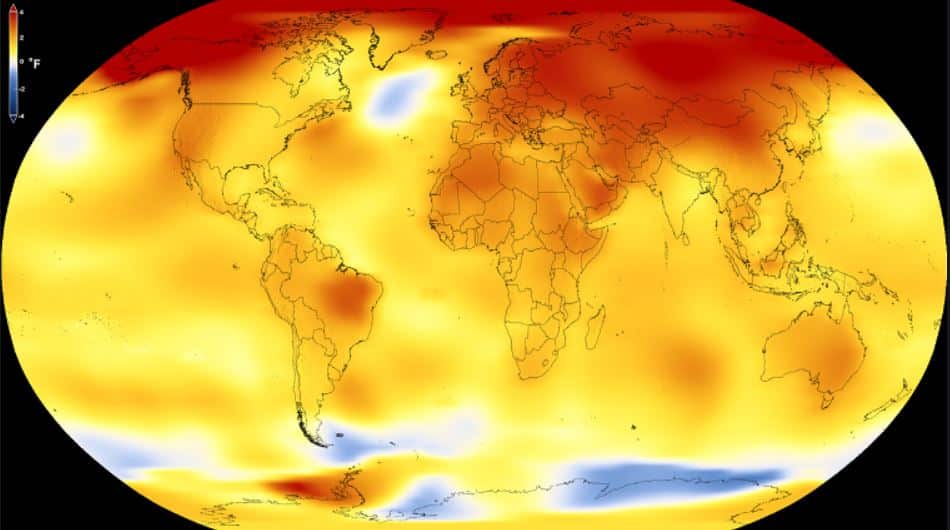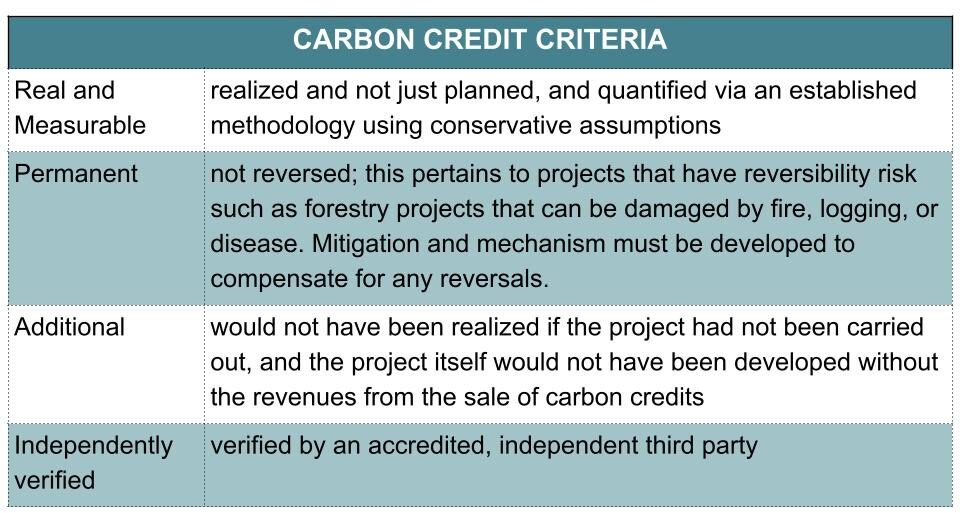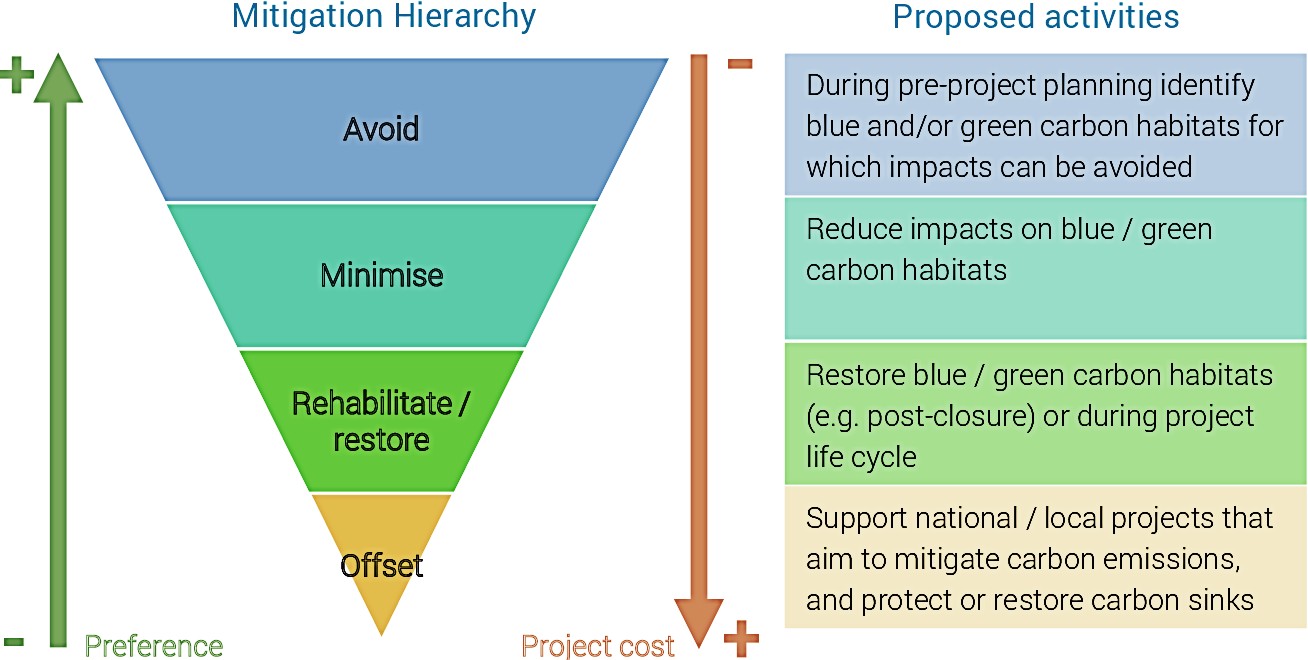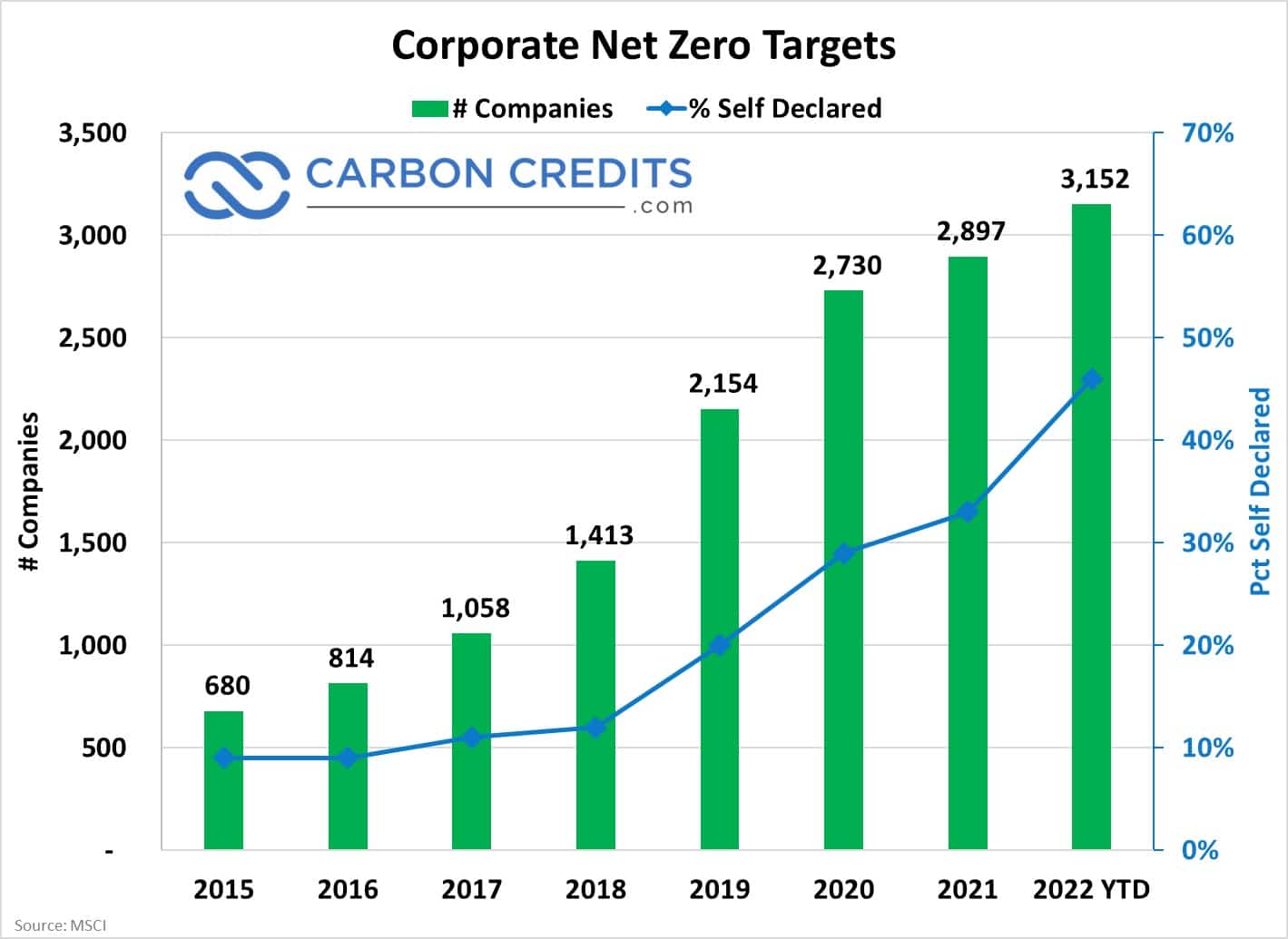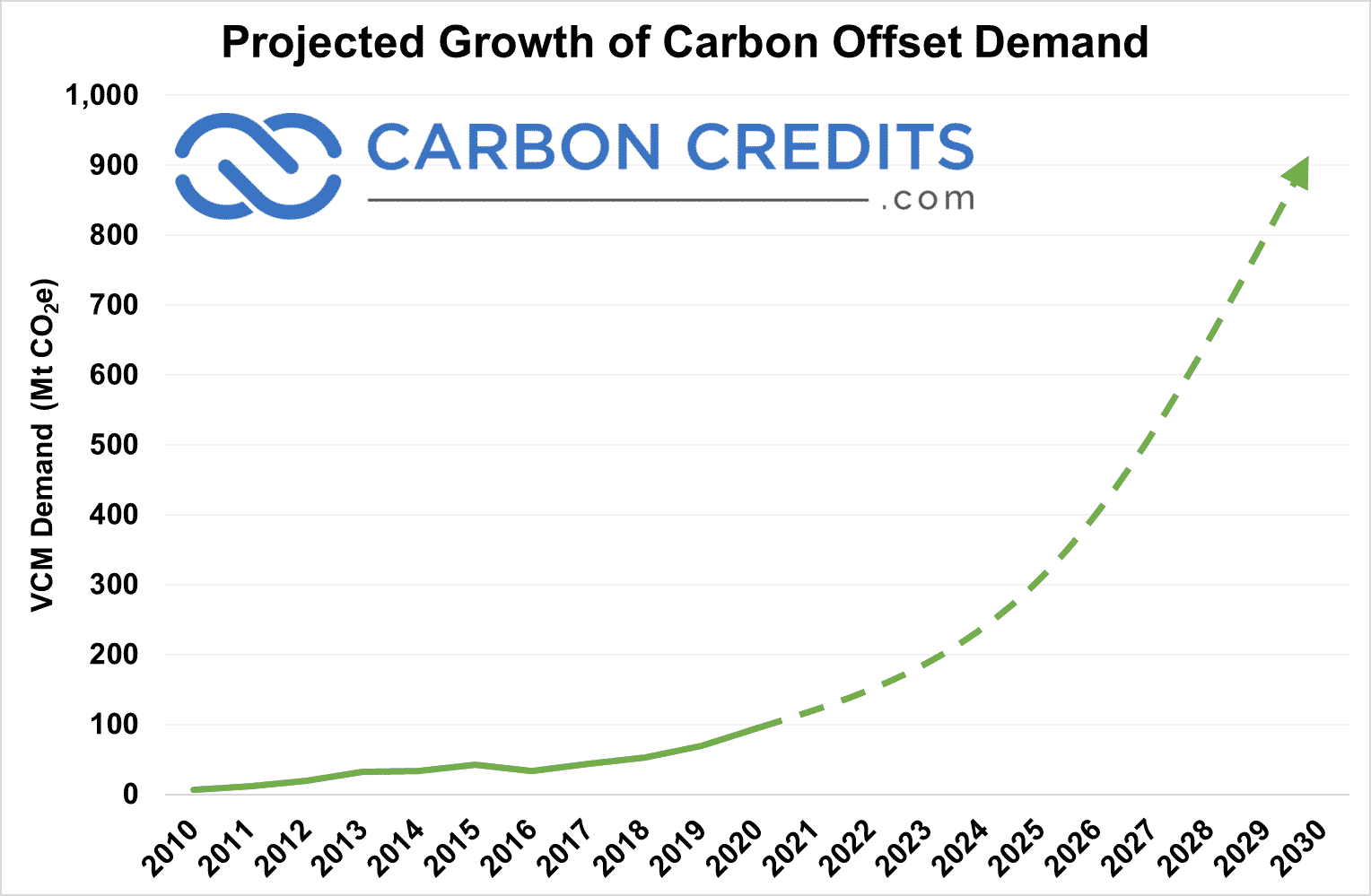Voluntary carbon credits are attracting more attention, both negative and positive, and many believe that they’re playing a crucial role in the fight against climate change.
As businesses pledge more lofty climate goals to help reduce global carbon emissions, the market specially developed to help polluters cut and manage their carbon footprint is also growing. The instrument or unit used in trading within this market is carbon credits.
How essential is this marketing tool really in keeping global warming at bay? This piece will explain how as well as discuss the twin role of carbon credits in abating climate change and the major challenges the market must address.
Taking on the Climate Crisis with Carbon Credits
Carbon credits are also known as carbon offsets in the voluntary carbon market (VCM). Under the compliance or regulated market, they are referred to as carbon allowances or permits that allow the holder a certain amount of carbon emissions.
The regulated carbon market is born out of the laws mandating carbon reductions. It’s managed by emission trading systems (ETS) and is also called the cap and trade system. It dwarfs the size of the VCM ($1 billion), with market value hitting $851 billion.
While carbon emissions trading in the compliance market is equally effective, our focus is on the VCM.
Only heavy emitters are mandated by national governments not to go beyond their allowed or cap emission limits but voluntary carbon reduction initiatives from large corporations are also moving the needle in the haystack. More so today when more and more investors and stakeholders are pushing for ambitious CO2 reductions.
- That means companies have to invest in technologies that can massively cut their CO2 footprint. Any emissions they can’t yet avoid or reduce should be offset by buying or investing in projects that generate carbon credits.
Carbon offset credits allow companies to meet their decarbonization targets and reach their net zero emissions goals. As a result, they ramp up global efforts to fight climate change and mitigate their catastrophic effects in two ways.
The Role of Carbon Offsets in the Fight Against Climate Change
Each carbon credit represents one metric ton of CO2 or its equivalent gas that’s avoided from getting released into or removed from the atmosphere.
But for a project to produce carbon credits, it has to show that its emission reductions meet a set of criteria. These include being real, additional, measurable, permanent, and verified.
It is also important that appropriate safeguards are in place to ensure projects really address and mitigate any potential environmental and social risks.
Only after meeting those criteria that the project can issue the credits, corresponding to the amount of carbon emissions reduced. And only when the credit is retired, removed from a registry, can it be counted toward the climate goal.
In other words, only upon retirement can the buyer, whose name the credit was registered and retired, claim its impacts. Once retired, that credit should not be circulating anymore or traded again in the carbon market.
The income from the sale of carbon credits will support the development of or, in some cases, the implementation of carbon projects that come under 170+ different types. These include the major categories of the following, among others:
- Renewable energy, e.g. solar or wind farms
- Fossil-fuel based replacements, e.g. biofuels
- Natural climate solutions, e.g. reforestation
- Energy efficiency
- Resource recovery, e.g. methane emissions avoidance
These projects fall under either carbon avoidance/reduction or carbon removal.
Distinguishing between them is important to show the dual role of carbon credits in tackling climate change.
- First role takes effect in the short term: carbon credits from emissions avoided or reduced can help ramp up the transition to a decarbonized economy. Common examples of the projects supported by carbon avoidance credits include renewable energy, energy efficiency, and improved forest management. Avoiding emissions is often a cost-efficient means to tackle CO2 emissions.
- Second role happens in the medium and long term: carbon credits playing this role are crucial in scaling up carbon removal projects and they’re essential to offset residual or emissions that are unavoidable. To reach net zero emissions by 2050, about 5 gigatons of CO2 emissions must be removed every year.
Examples of CO2 removal projects include reforestation and technology-based carbon capture such as direct air capture (DAC). Carbon credits can help finance the development and scale-up of these solutions.
Use of Carbon Credits in Corporate Climate Targets
Aligning corporate sustainability and climate commitments with the latest science is the best practice in the fight against climate change. If a company doesn’t have any baseline to base its emission reduction targets on, it must create one first.
The Science Based Targets initiative (SBTi) has established methodologies for setting climate targets, adopted by more than 1,000 companies.
They particularly include the large multinational corporations and heavy emitters that are implementing various actions to reduce emissions. These include enhancing energy efficiency, shifting to renewable energy, and tackling value chain or Supply 3 emissions.
Different Types of Climate Targets and Actions
Under the climate mitigation hierarchy, shown above, avoiding emissions directly within the company should be the priority. But for CO2 emissions that can’t be avoided, the next step is to offset them through carbon credits.
Companies can use carbon offset credits in ways they deem suitable for their climate change goals, which come in different types. They can use it to pledge to be carbon neutral, climate positive, and net zero.
Though they vary, they all often involve a company or organization supplementing internal reductions by financing reductions elsewhere through the purchase of carbon credits. Offsetting CO2 footprint allows a company to count the reductions in its residual climate mitigation reports.
Being carbon neutral means compensating for unabated footprint by accounting the carbon credits toward a certain part of its emissions. It can be on a product level or activity level, which is often on a yearly basis.
Aiming for a climate positive target refers to going beyond the targets set to make a net-positive impact. Microsoft, for instance, has gone one step further in its climate action by stretching their targets beyond being neutral to becoming climate positive. The tech giant has been investing millions of dollars in projects that generate carbon credits, advancing CO2 removal initiatives.
Lastly, reaching a net zero emissions goal means reducing carbon emissions and balancing residual emissions by the target year. For some industry actors, a credible net zero target involves cutting footprint in line with science using carbon removal credits.
The largest public climate commitment in American history, the U.S. Inflation Reduction Act, further propels the market for CO2 removal credits. The financial incentives provided by the climate change law encourage groundbreaking projects across sectors from startups innovating carbon removal technologies.
So, how committed are the large corporations in their pledge to either be carbon neutral or net zero?
The chart below shows that.
After 3 consecutive years of massive growth, the VCM had seen a record high growth in carbon credit issuances and retirements. This is largely due to the growing and intensifying corporate net zero pledges and other climate commitments.
The number of companies pledging to be net zero increased by almost 400% in 2022 relative to 2015 figure.
This growth is projected to grow even more as both corporations and individuals are pouring their money into carbon projects. The resulting environmental impact of these projects earn the trust of many that carbon credits are indeed serving their purpose. That’s being an essential market tool that entities can use to help battle the bad effects of climate change.
As a result, though the voluntary carbon credit market is relatively small, it’s experiencing significant momentum and its potential in equipping the world to tackle the climate crisis is attracting more attention.
It is, therefore, understandable that industry estimates show that the VCM will continue to expand.
Key Challenges to Deal With
The upward growth trend of the VCM is not a straight line; there are some major challenges the market has to address to reach its full potential. Let’s identify three of them and why facing them heads on is essential for the carbon market to keep growing.
Providing solutions to these challenges will uncork more potential for carbon credits to serve their role as an important tool in combating climate change. The guideline established by the Integrity Council the “Core Carbon Principles” was designed to help promote integrity, transparency, and market growth.
-
Guaranteeing Quality and Impact
Though standards do exist that certify projects to ensure they meet certain methodology requirements, investors still don’t have full transparency on how the projects are progressing.
Add to that the concerns stakeholders bring up when it comes to some issues linked to the projects they support. These often involve matters relating to additionality and permanence of the carbon reductions the projects claim to achieve.
For example, what if the trees protected under a reforestation project are burned down due to wildfire? Any carbon they promise to capture releases back into the atmosphere, and thus, loses their permanence. This raises questions about the permanence of the credits linked to the project.
Hence, assuring the quality of the carbon credits and their environmental impact is very important.
-
Getting Everyone’s Understanding Uniform
It’s clear that carbon credits do have a crucial role in the world’s quest to mitigate climate, not all stakeholders or concerned parties agree on how to use this tool as part and parcel of their climate strategy.
That is because there’s no single standard that guides the market. This causes confusions and differences in the use of the credits in companies’ net zero pathways.
Eliminating the differences is critical so that company leaders know how to align the use of carbon credits in their corporate sustainability plans and climate strategies. Should they invest directly into carbon removal innovations or support other carbon avoidance projects? A clear and uniform standard can help resolve this matter.
-
Clearing out Ambiguity in Regulations
Article 6 of the Paris Agreement gave birth to the voluntary carbon credits, advancing them as an important market tool or mechanism to drive investments in climate action. However, negotiations about the specific Article 6 guidelines are still ongoing, leaving unclear regulatory obligations for market players.
For instance, should carbon offsets bought by a private company count toward a country’s climate goals? Or that they remain private and voluntary? Should governments stay out of the VCM transactions and let market forces be at play on their own?
Making the lines clear can give both project developers and investors enough drive to continue their work. Confusion about regulatory requirements will deter them from innovating and investing.
Undeniably, carbon credits do play a crucial part in the fight against climate change. They enable corporate investors to support climate actions that are beyond their reach and fund their own carbon removal projects.
But to bring out the market’s full potential, removing the key roadblocks along its way is necessary. This will be beneficial not just in battling the climate crisis but also in providing other benefits to people and the planet.

